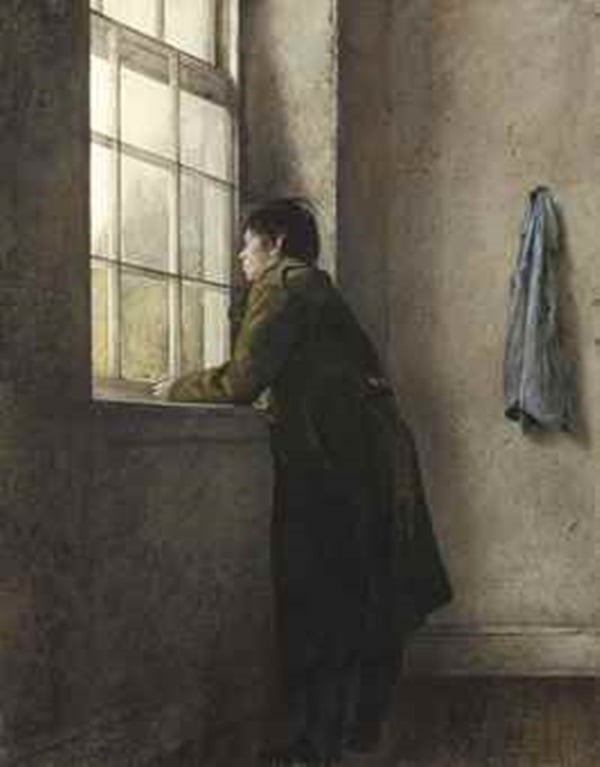Art Guides
Collector Sues Dealer After Christie’s Sale of $1 Million Andrew Wyeth Painting
The painting is at the heart of a long-standing dispute.

Image: Courtesy of Christie's.
The painting is at the heart of a long-standing dispute.

Eileen Kinsella

On Wednesday, Reed Galin, an investor in a painting by Andrew Wyeth entitled Ice Storm, sued an art dealer in New York State Supreme Court for the proceeds from the May sale of the painting at Christie’s.
The painting is at the heart of a long-standing dispute between Galin and disgraced art dealer David Ramus, Galin’s childhood friend.
Galin, a former television news anchor from Tennessee, had bought a one-third interest in the Wyeth painting for $106,000 from Ramus years ago. Ramus promised Galin he would get a return on his investment as well as 25 percent of any resale of the painting.
But Ramus, according to Galin, secretly transferred title of the painting to the now defunct Coe-Kerr Gallery in Manhattan, while he pretended to keep looking for a buyer for the work.
Ice Storm turned up at a Christie’s auction this past May, where it sold for $989,000 including premium, on an estimate of $600,000 to $800,000.
Galen filed suit on Wednesday against Japanese collector Kunitaki Hamada, and his gallery, Hamada, alleging that it should have known the painting’s provenance was suspect because of its connection to Ramus.
“The story of Ramus’ rise and fall was major news in the art world at that time, and was widely reported,” the complaint notes.
A Christie’s spokesperson told Courthouse News that it is “aware of but not involved in this dispute.” She added, “by prior agreement with both parties, we will continue to hold the sale proceeds while the parties work toward resolution of this matter.”
John Cahill, who is representing Hamada, told artnet News: “Our client was a good faith buyer who did not buy the painting from the dealer-friend who Mr. Galin claims defrauded him. Japanese and US law are clear that Mr. Galin has no claims against our client and that Mr. Galin is unfairly dragging him into a matter that he had nothing to do with.”
The Courthouse report is somewhat short on dates, but the fraud was first uncovered roughly two decades ago. According to an item in People magazine’s archive, dated from December 1995, Ramus, a recovered heroin addict, was found guilty in an Atlanta federal court in November of that year of defrauding clients of $556,000.
The government said he had taken paintings on consignment and then, after selling them, pocketed the profits, according to People. Ramus blamed his problems on the downturn of the art market.
Amazingly, in 1993, around the time his fraud scheme was unraveling, Ramus penned a novel, titled Thief of Light, about an underground art dealer who sells forgeries to feed his drug habit. He received an advance of $1 million and at least another half-million dollars for foreign rights, according to Courthouse News.
Galin was identified by the US Attorney as a victim of Ramus’s fraud. However, the whereabouts of the painting were not known for all of these years, until now. He is seeking a court order to have Christie’s hand over the proceeds of the sale to him.
Ramus, who declared bankruptcy twice, is not named as a defendant.